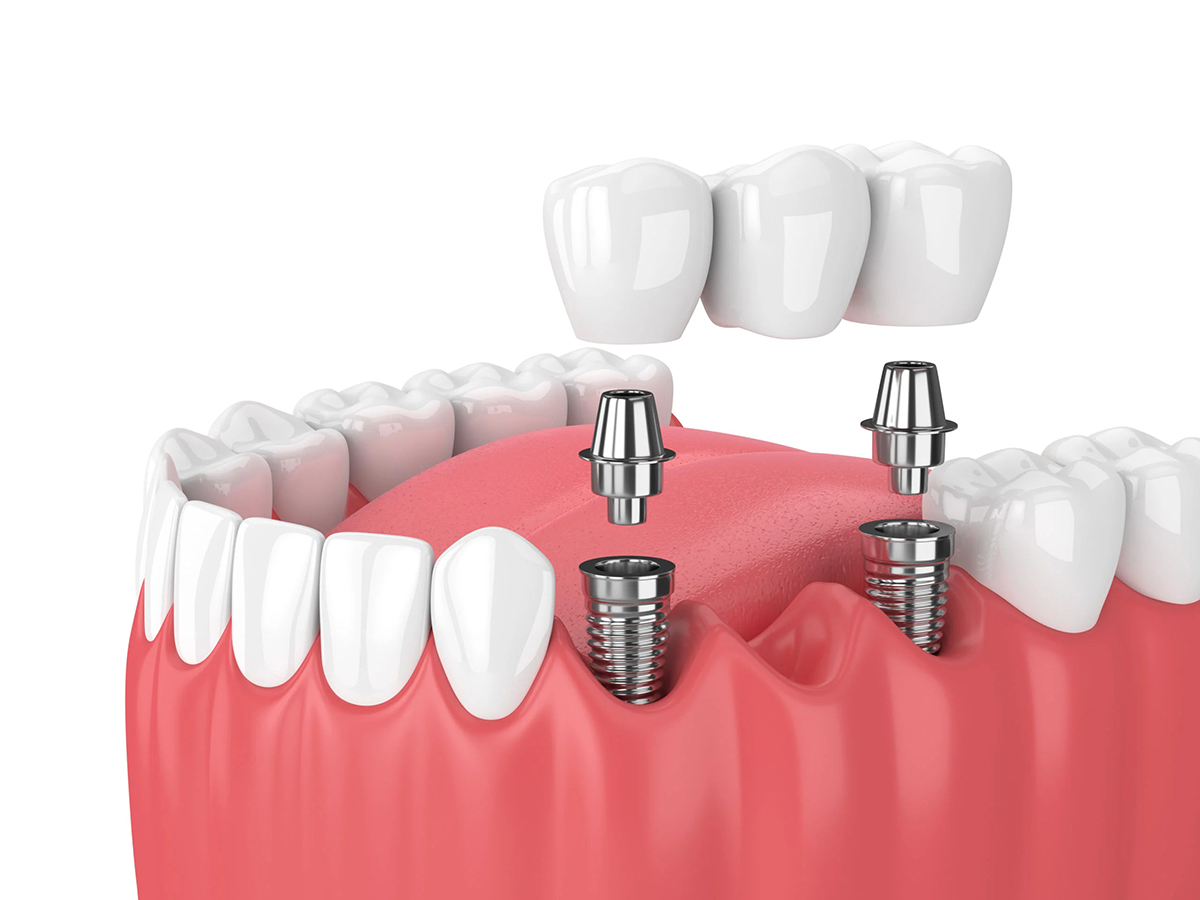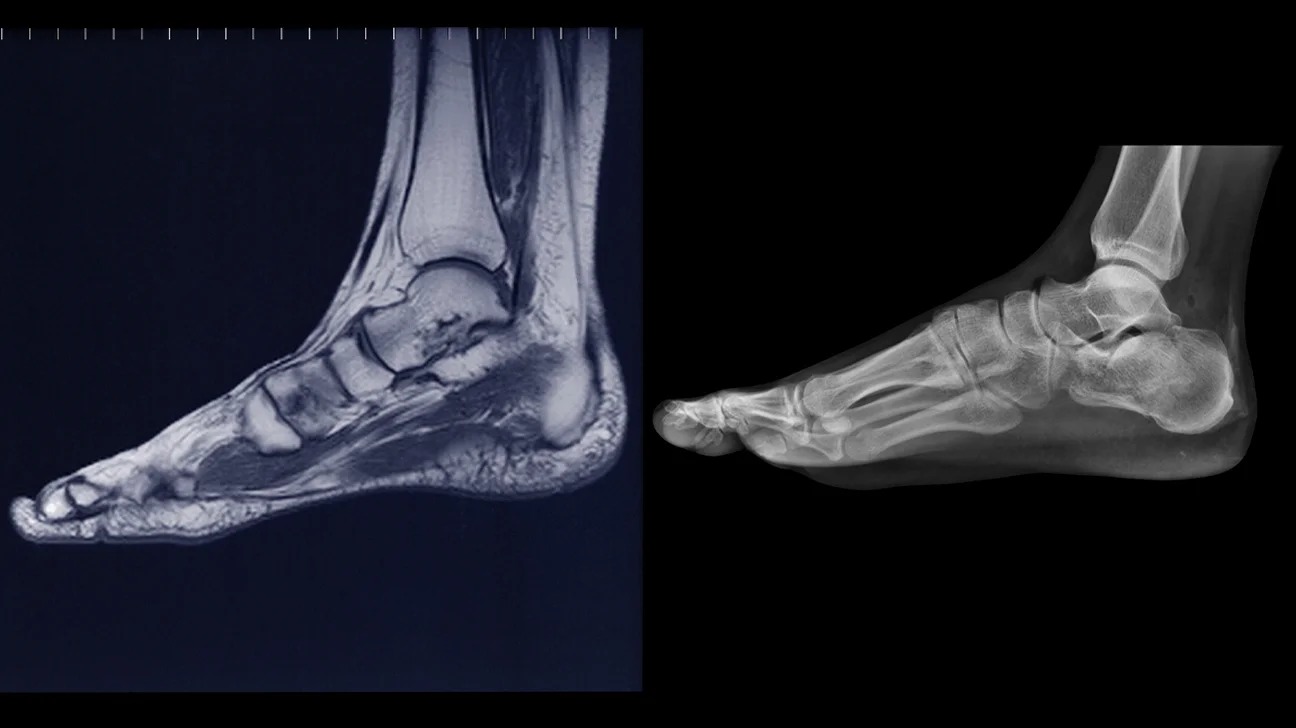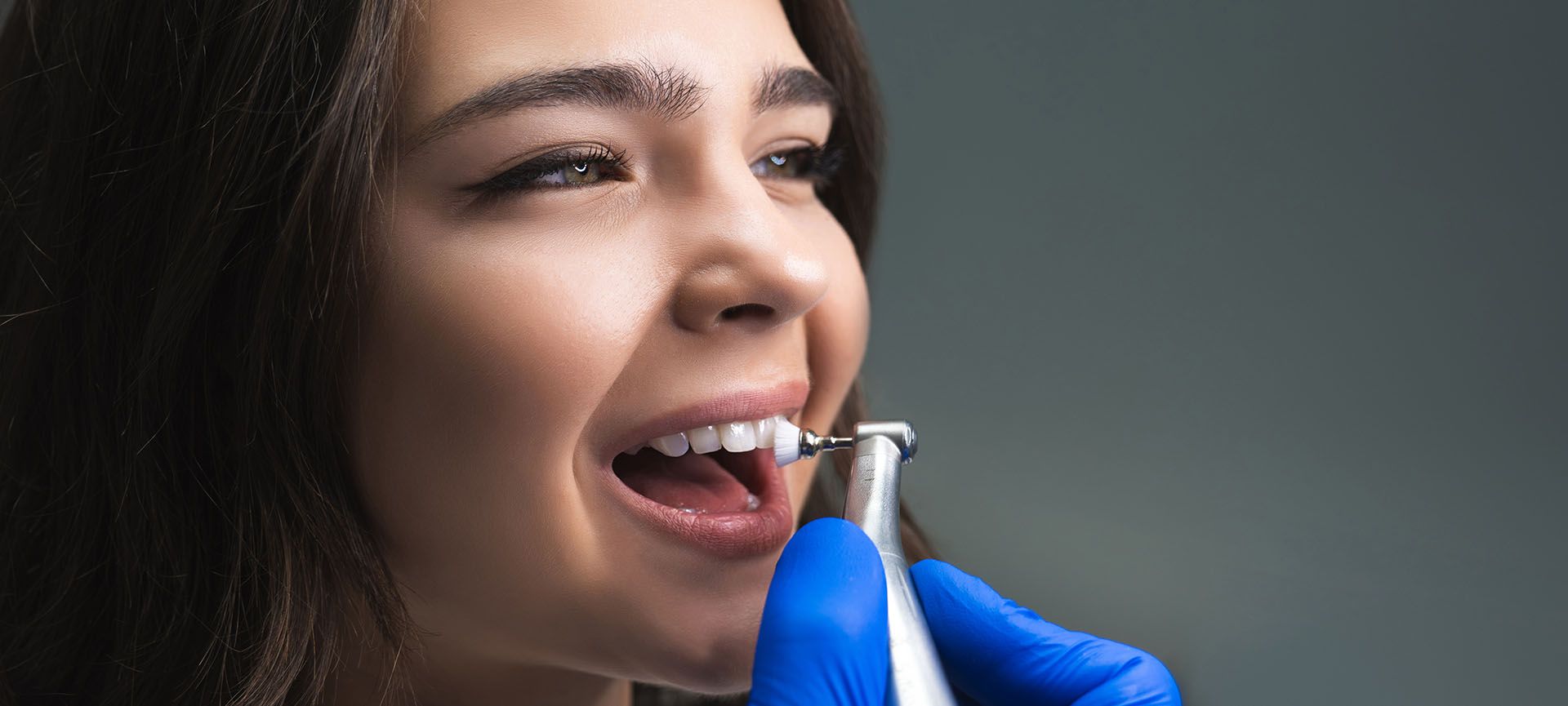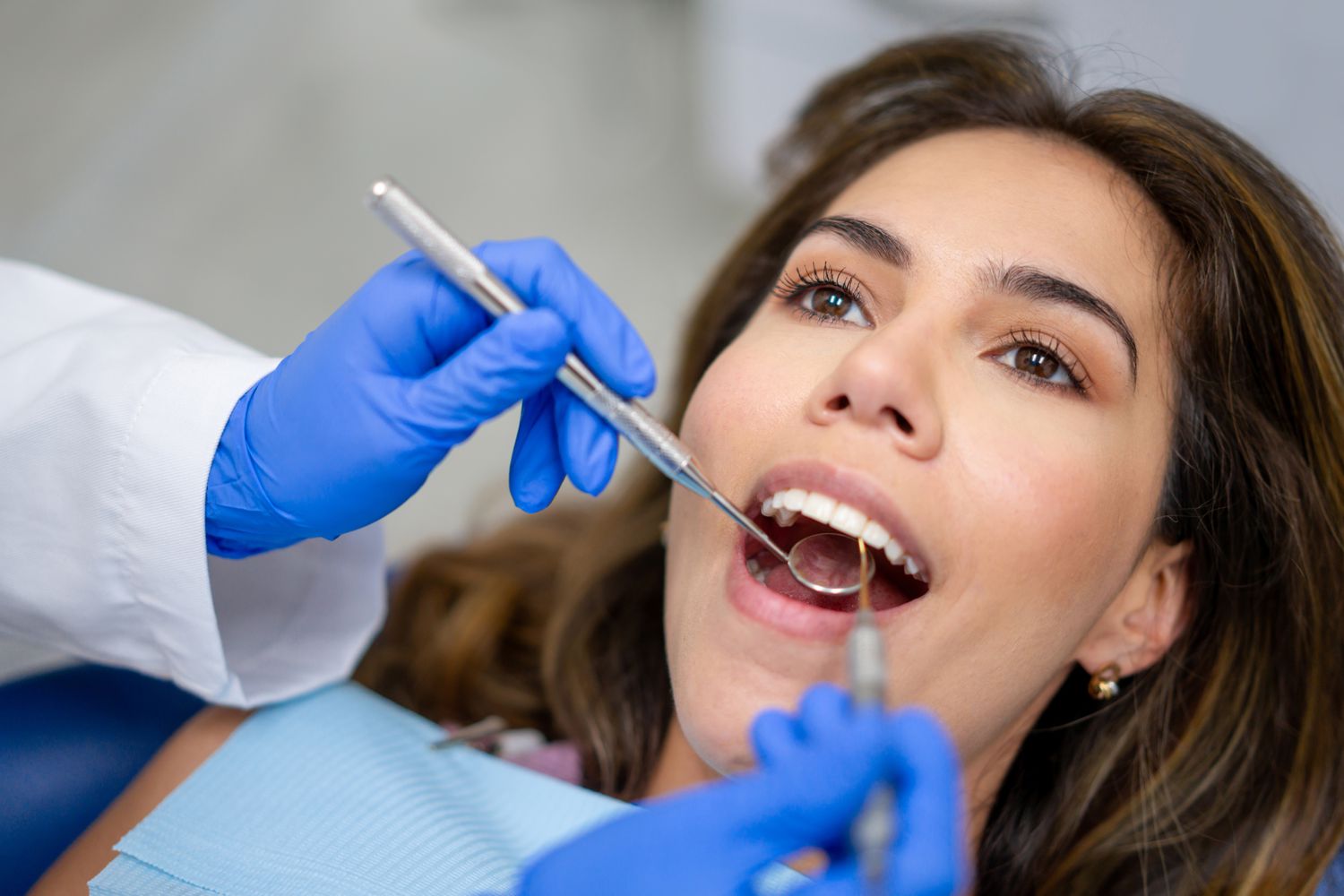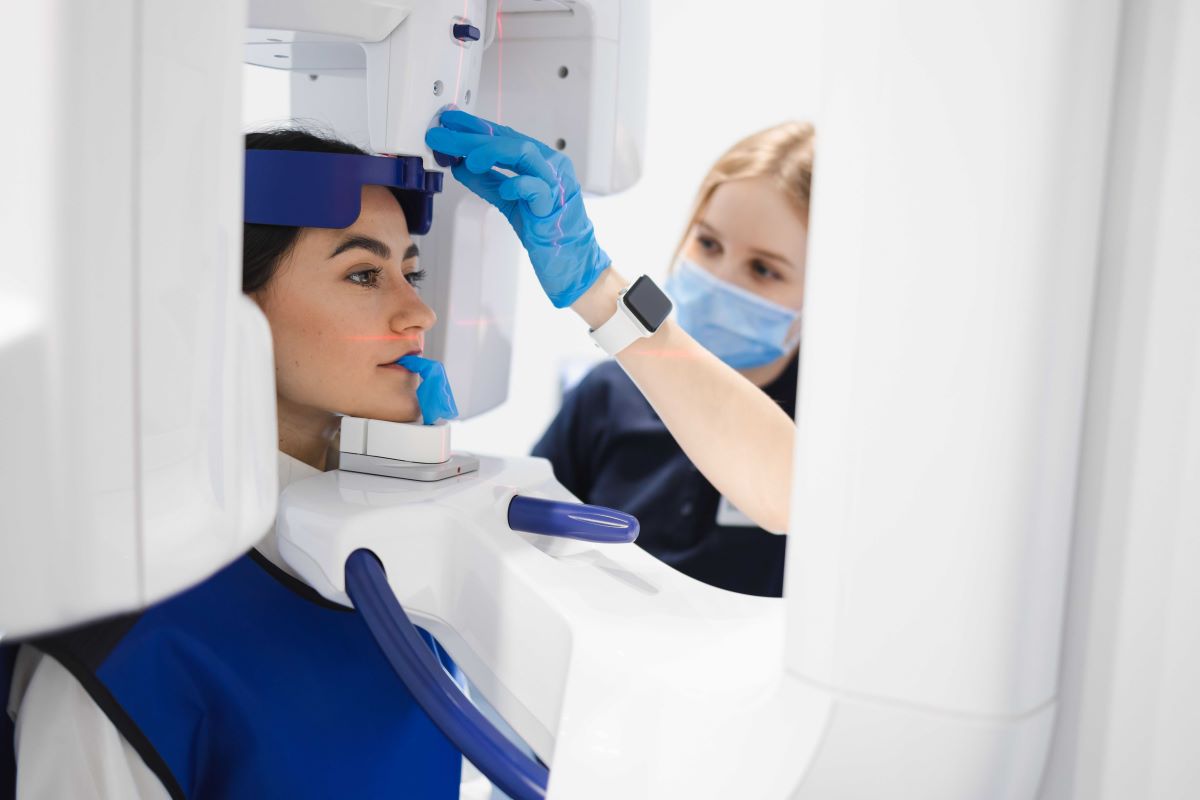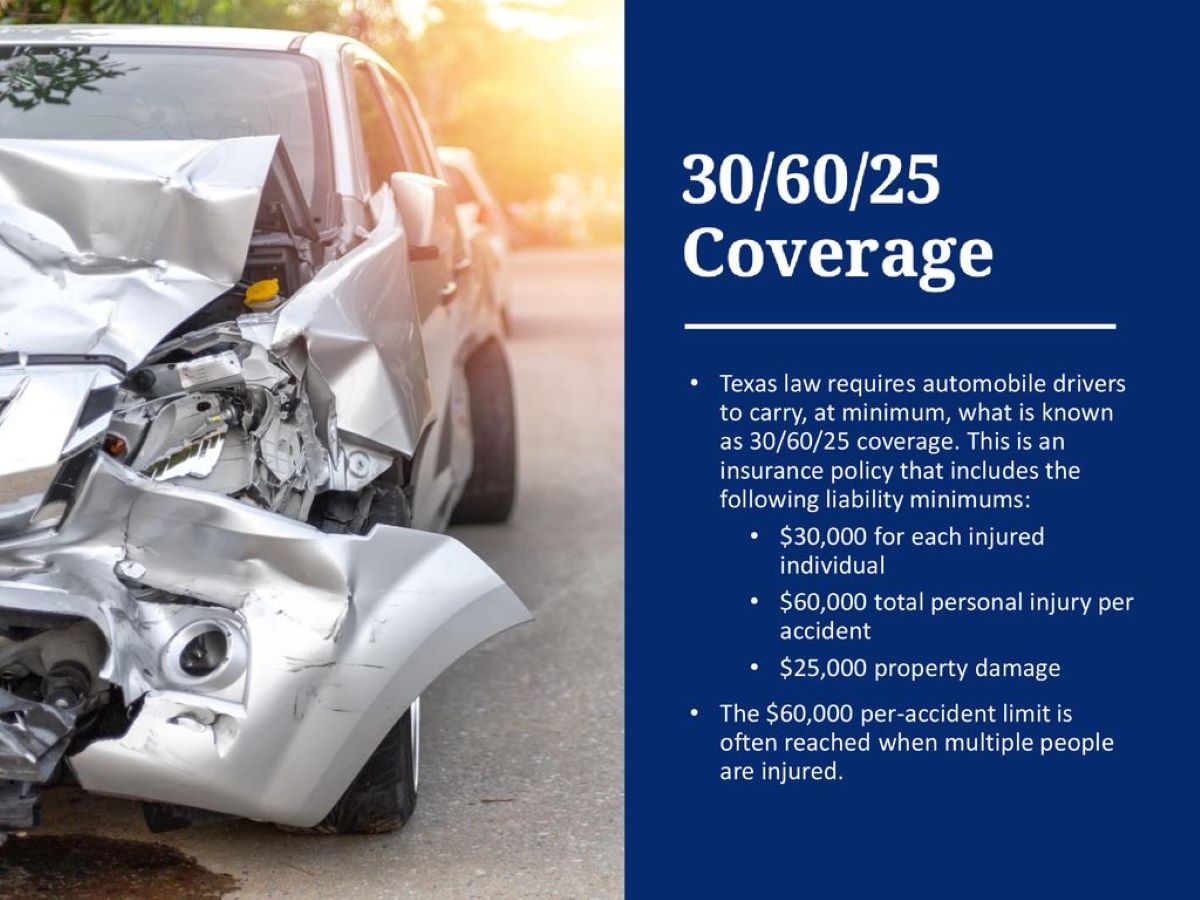

Finance
How Much Are Dental X-Rays Without Insurance?
Modified: December 30, 2023
Discover the cost of dental X-rays without insurance and explore finance options to help cover the expenses.
(Many of the links in this article redirect to a specific reviewed product. Your purchase of these products through affiliate links helps to generate commission for LiveWell, at no extra cost. Learn more)
Table of Contents
Introduction
Dental health is an integral part of overall well-being, and regular check-ups are essential to maintain oral hygiene. As part of these check-ups, dentists often rely on dental X-rays to assess the condition of teeth and gums. Dental X-rays provide valuable insights and help identify any underlying issues that may not be visible during a routine examination.
However, if you do not have dental insurance, the cost of dental X-rays can be a significant concern. Without insurance coverage, you may be wondering how much dental X-rays would cost and whether there are any options to make them more affordable.
In this article, we will delve into the world of dental X-rays and explore the average cost of getting them without insurance. We will also discuss the importance of dental X-rays and the factors that can impact their cost. Additionally, we will provide some tips on how to save money on dental X-rays if you are without insurance coverage.
By the end of this article, you will have a better understanding of what to expect when it comes to the cost of dental X-rays and how to navigate the process without insurance.
Understanding Dental X-Rays
Dental X-rays, also known as radiographs, are diagnostic tools that dentists use to assess the condition of your teeth, gums, and jawbone. They provide a detailed view of the internal structures of your mouth, allowing dentists to identify any issues that may not be visible to the naked eye.
There are different types of dental X-rays, and the specific ones recommended for you will depend on your individual dental needs. Here are the most common types of dental X-rays:
- Bitewing X-rays: These X-rays capture the upper and lower back teeth. They are useful in detecting cavities, decay between teeth, and any signs of gum disease.
- Periapical X-rays: These X-rays focus on individual teeth, capturing the entire length of each tooth from the crown to the root. They help identify issues like abscesses, impacted teeth, and bone loss.
- Panoramic X-rays: These X-rays provide a broad view of the entire mouth, including all the teeth, jaws, and surrounding structures. They are helpful in assessing the overall oral health and detecting abnormalities.
- Cone Beam CT scans: These are three-dimensional X-ray images that provide a detailed view of the teeth, bones, and soft tissues. They are commonly used for complex dental procedures, such as dental implant placement and orthodontic treatment planning.
During the X-ray procedure, you will be positioned in a way that allows the dentist to capture clear images of your mouth. The X-ray machine will emit a small amount of radiation to capture the images, but the exposure is considered safe and minimal.
Dental X-rays play a crucial role in preventive dentistry, as they help dentists identify potential issues early on. By detecting problems in their early stages, dentists can develop appropriate treatment plans and prevent the progression of dental diseases, thus saving you from more extensive and expensive dental procedures in the future.
Importance of Dental X-Rays
Dental X-rays are an essential tool in oral healthcare, providing valuable information that helps dentists diagnose and treat dental conditions effectively. Here are some key reasons why dental X-rays are important:
- Early Detection: Dental X-rays can reveal issues that may not be visible during a routine examination. They help dentists identify early signs of tooth decay, gum disease, and other dental abnormalities, allowing for timely intervention and treatment.
- Precise Diagnosis: X-rays provide detailed images of the teeth, gums, and jawbone, enabling dentists to make accurate diagnoses. This helps in determining the most appropriate treatment plan for each individual patient.
- Monitoring Dental Health: By comparing X-rays taken at different times, dentists can monitor the progress of dental treatments and evaluate the effectiveness of preventive measures. This is particularly important for patients with chronic dental conditions or those undergoing orthodontic treatment.
- Detecting Hidden Issues: Some dental problems, such as impacted teeth, abscesses, and cysts, may not present visible symptoms until they become more severe. Dental X-rays can reveal these hidden issues, allowing for early intervention and prevention of further complications.
- Preparation for Dental Procedures: Before certain dental procedures, such as tooth extractions, root canals, or dental implant placement, X-rays are essential for proper treatment planning. They provide vital information about the underlying structures and aid in determining the most appropriate approach.
Overall, dental X-rays play a critical role in maintaining oral health by assisting dentists in diagnosing, preventing, and treating dental conditions. They provide a comprehensive view of the oral cavity and enable dentists to provide the best possible care tailored to each patient’s needs.
Factors Affecting the Cost of Dental X-Rays
The cost of dental X-rays can vary based on several factors. Understanding these factors can help you better comprehend the pricing structure and make informed decisions. Here are some key factors that can influence the cost of dental X-rays:
- Type of X-ray: Different types of dental X-rays have varying levels of complexity and equipment requirements. For example, panoramic X-rays or cone beam CT scans typically involve more advanced imaging techniques, which may result in higher costs compared to simple bitewing or periapical X-rays.
- Geographic Location: The cost of dental X-rays can also vary depending on your location. Urban areas with a higher cost of living or where dental services are in high demand may charge more than rural areas with lower overhead costs.
- Dental Practitioner: The experience and reputation of the dental practitioner may impact the cost of dental X-rays. Established and highly skilled dentists may charge more for their services compared to newer or less-experienced practitioners.
- Additional Services: Sometimes, dental X-rays are bundled with other services, such as a comprehensive dental examination or a professional cleaning. The inclusion of these additional services may affect the overall cost of the X-rays.
- Insurance Coverage: If you have dental insurance, the cost of X-rays may be partially or fully covered, depending on your insurance plan. However, if you do not have dental insurance, you will be responsible for the full cost of the X-rays.
It’s important to note that the cost of dental X-rays can vary significantly based on individual circumstances. It is recommended to consult with your dental provider to get a precise estimate of the cost based on your specific needs.
Average Cost of Dental X-Rays Without Insurance
If you do not have dental insurance, you may be wondering how much dental X-rays typically cost. The cost can vary depending on the type of X-ray and the dental practice you visit. Here is a general idea of the average cost of dental X-rays without insurance:
- Bitewing X-rays: Bitewing X-rays, which capture the upper and lower back teeth, typically cost between $25 and $75 per X-ray.
- Periapical X-rays: Periapical X-rays, which focus on individual teeth, usually range in price from $25 to $75 per X-ray.
- Panoramic X-rays: Panoramic X-rays, providing a broad view of the entire mouth, are generally more expensive, with costs ranging from $100 to $250 per X-ray.
- Cone Beam CT scans: Cone Beam CT scans, offering detailed 3D images, tend to be the most expensive, with prices ranging from $250 to $600 per scan.
Keep in mind that these are average costs, and the actual prices may vary depending on various factors mentioned earlier, such as geographic location and dental practitioner. Additionally, some dental offices may offer package deals or discounts for multiple X-rays or as part of comprehensive dental treatments.
When considering the cost of dental X-rays without insurance, it is essential to also consider the long-term benefits they provide. Regular X-rays can help detect dental issues early on, potentially saving you from more extensive and costly dental procedures down the line.
If the cost of dental X-rays without insurance is a concern, there are options available to make them more affordable. It is worth exploring these options to ensure you prioritize your oral health while managing your budget effectively.
Ways to Save on Dental X-Rays Without Insurance
If you do not have dental insurance and are looking for ways to save on dental X-rays, there are several strategies you can consider. Here are some tips to help make dental X-rays more affordable:
- Research and Compare Prices: Reach out to multiple dental practices in your area and inquire about their pricing for dental X-rays. Comparing prices can help you find more affordable options.
- Look for Dental Discount Programs: Some dental discount programs offer reduced rates on dental services, including X-rays. These programs usually require an annual membership fee but can help you save a significant amount on overall dental costs.
- Consider Dental Schools: Dental schools often offer dental services at reduced rates as they are provided by dental students under the supervision of experienced faculty. Contact your local dental schools to inquire about discounted rates for dental X-rays.
- Explore Community Health Centers: Community health centers and clinics may provide dental services at reduced costs or on a sliding fee scale based on your income. These centers aim to make dental care accessible to individuals who do not have insurance.
- Ask for Payment Plans or Discounts: Some dental practices may offer payment plans or discounts for patients without insurance. Discuss your financial situation with the dental office and see if they can accommodate your needs.
- Utilize Flexible Spending Accounts (FSAs) or Health Savings Accounts (HSAs): If you have these accounts, you can use the funds to pay for dental X-rays. FSAs and HSAs allow you to set aside pre-tax money specifically for healthcare expenses.
- Maintain Good Oral Health: By practicing regular oral hygiene habits and attending routine dental check-ups, you can potentially reduce the need for frequent X-rays. This can help you save money in the long run.
Remember, while saving money is important, it is crucial not to compromise on the quality of dental care. Ensure that you choose a reputable dental practice that maintains high standards of professionalism and hygiene.
By exploring these options and being proactive in managing your oral health, you can make dental X-rays more affordable and prioritize your overall well-being without dental insurance.
Conclusion
Dental X-rays are vital in maintaining optimal oral health and detecting dental issues early on. If you do not have dental insurance, the cost of dental X-rays can be a concern. However, there are ways to navigate this challenge and make them more affordable.
Understanding the average cost of dental X-rays without insurance can help you plan your budget accordingly. Researching and comparing prices, considering dental discount programs, exploring dental schools or community health centers, and discussing payment options with dental offices are all strategies that can help you save on dental X-rays.
Additionally, maintaining good oral hygiene practices and attending regular dental check-ups can reduce the need for frequent X-rays, ultimately saving you money in the long term.
While cost is an important consideration, remember that dental X-rays play a crucial role in preventive dentistry and can help prevent more severe dental conditions and costly treatments in the future. Prioritize your oral health by finding affordable options that meet your needs.
Consult with dental professionals to determine the best course of action for your specific situation. They can provide guidance on the frequency of X-rays needed based on your oral health status and help you make informed decisions to promote optimal dental well-being.
Remember, even without insurance, it is essential to prioritize your oral health and seek necessary dental care, including dental X-rays. With the right approach, you can manage the cost while ensuring you receive the vital dental services you need to maintain a healthy smile.

